Ceará, the land of the sun, beaches, comedy, natural beauties, cordel literature and much more, has an enchanting history, religiosity and a strong, representative role in Brazilian culture. To discuss all this diversity, we list some interesting facts about Ceará below!
1. The origin of the name Ceará
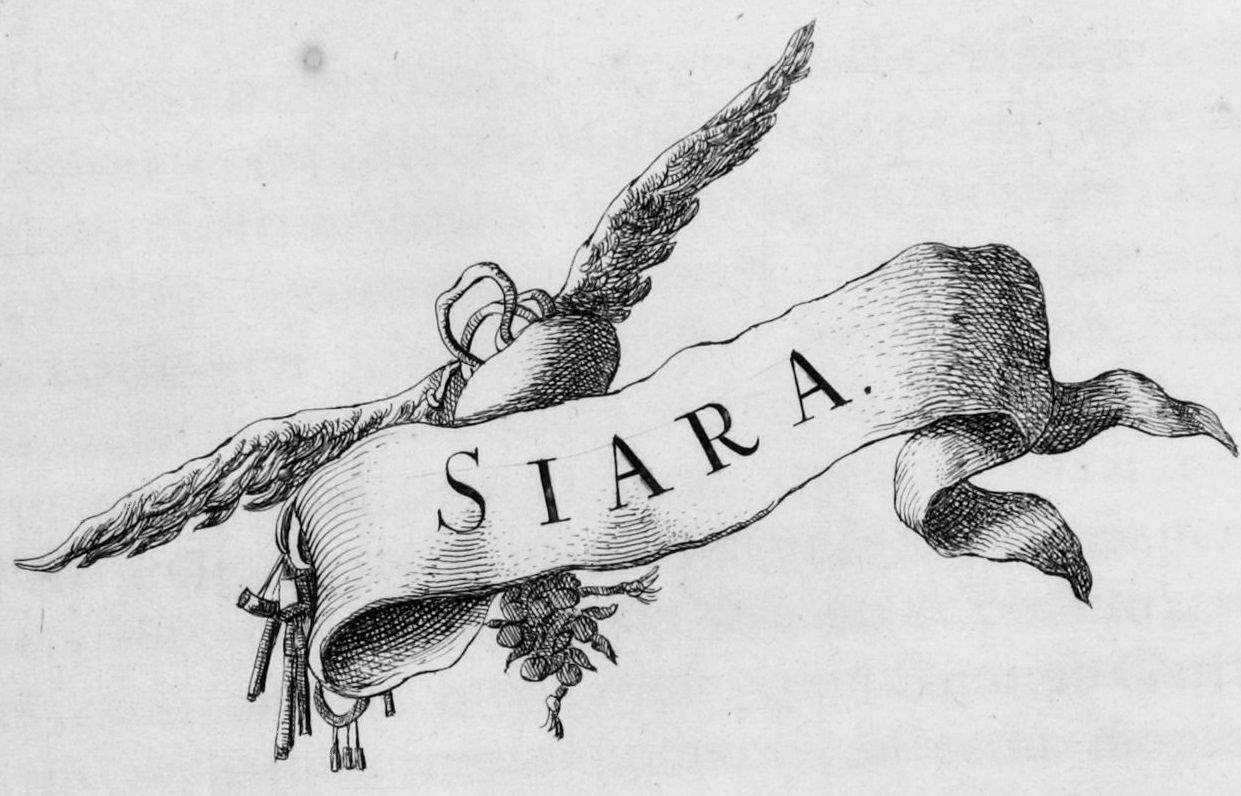
There are several versions of how the name came about, but the most popular was created by the Portuguese priest, geographer and historian, Father Aires de Casal, and was adopted by the writer José de Alencar in the novel “Iracema”. It says that Siará comes from Tupi-Guarani and means “corner of the jandaia”. The jandaia is a species of parrot that is native to Brazil and can be commonly found in the region. That is why it has become a symbol of the Northeast and especially Ceará.
2. It is known as “the land of light”
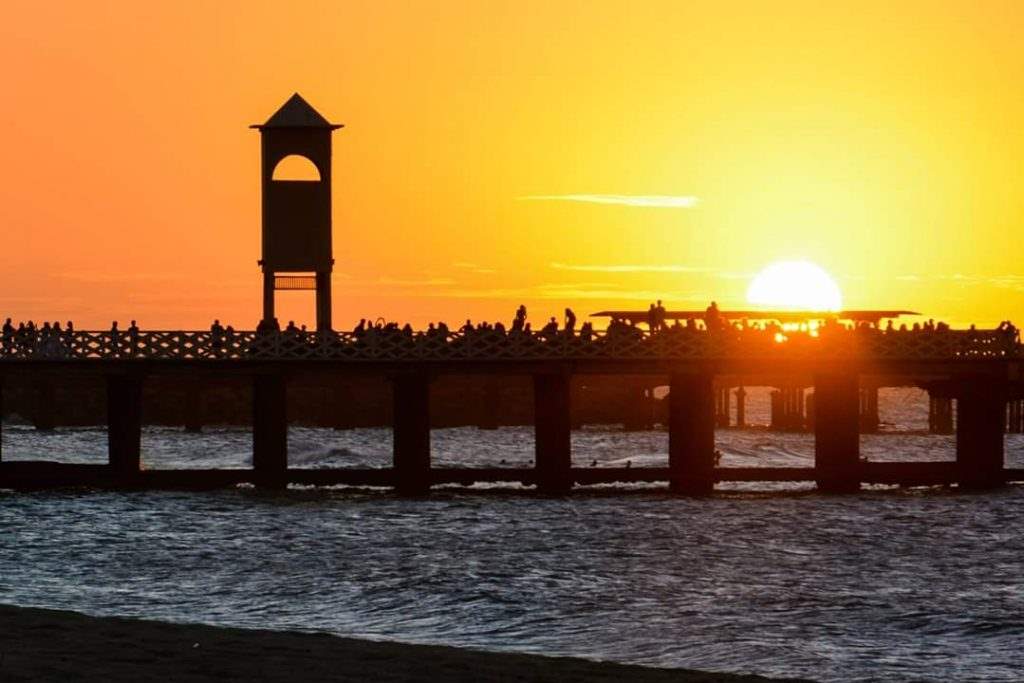
On March 25, 1884, all the slaves in Ceará were freed as a result of many campaigns and struggles led by different civil societies. The state was the first in Brazil to abolish slavery, four years before the promulgation of the Lei Áurea and without asking for the permission of Dom Pedro the 2nd. A journalist named José do Patrocínio, honored and named the state as “a light for others”.
3. It has one of the most beautiful beaches in the world
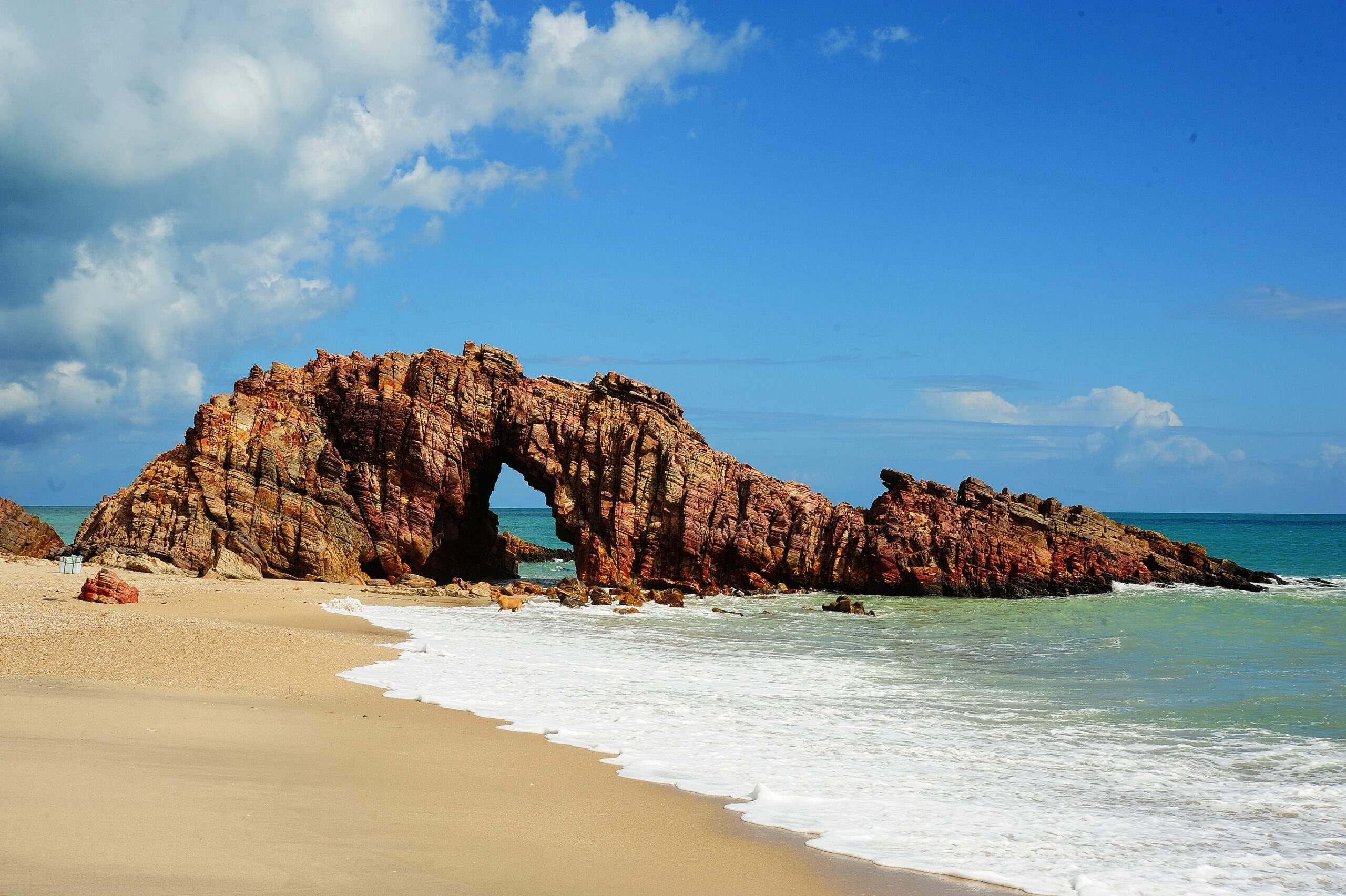
The American newspaper Washington Post, in 1987, elected Jericoacoara as one of the 10 most beautiful beaches in the world. The title is regularly reaffirmed in many newspapers and on collaborative travel sites.
4. Structure of the José de Alencar Theater
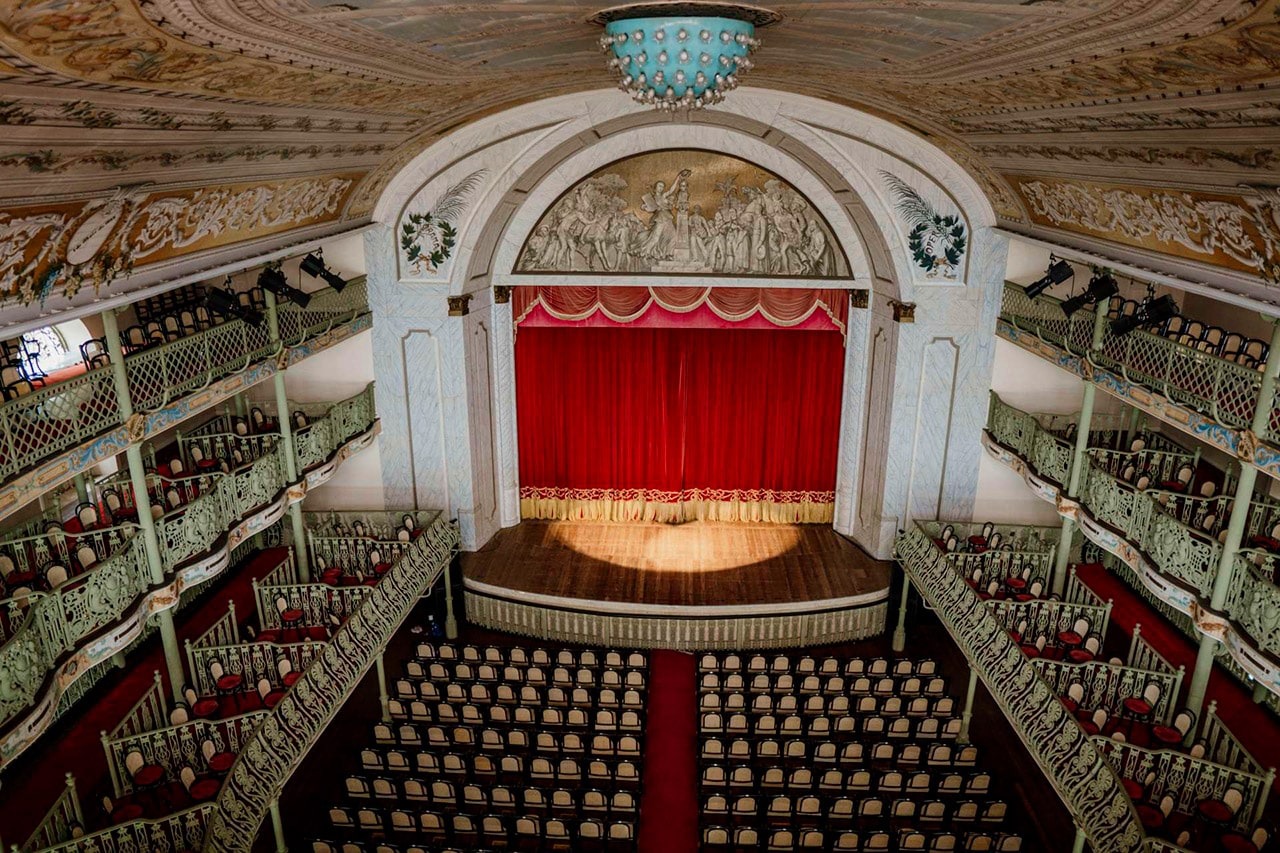
Theatro José de Alencar is an icon of tourism, art and architecture in Ceará, and was built in 1910 with a metallic structure imported from Scotland. It also houses a library and an art gallery.
5. Seu Lunga
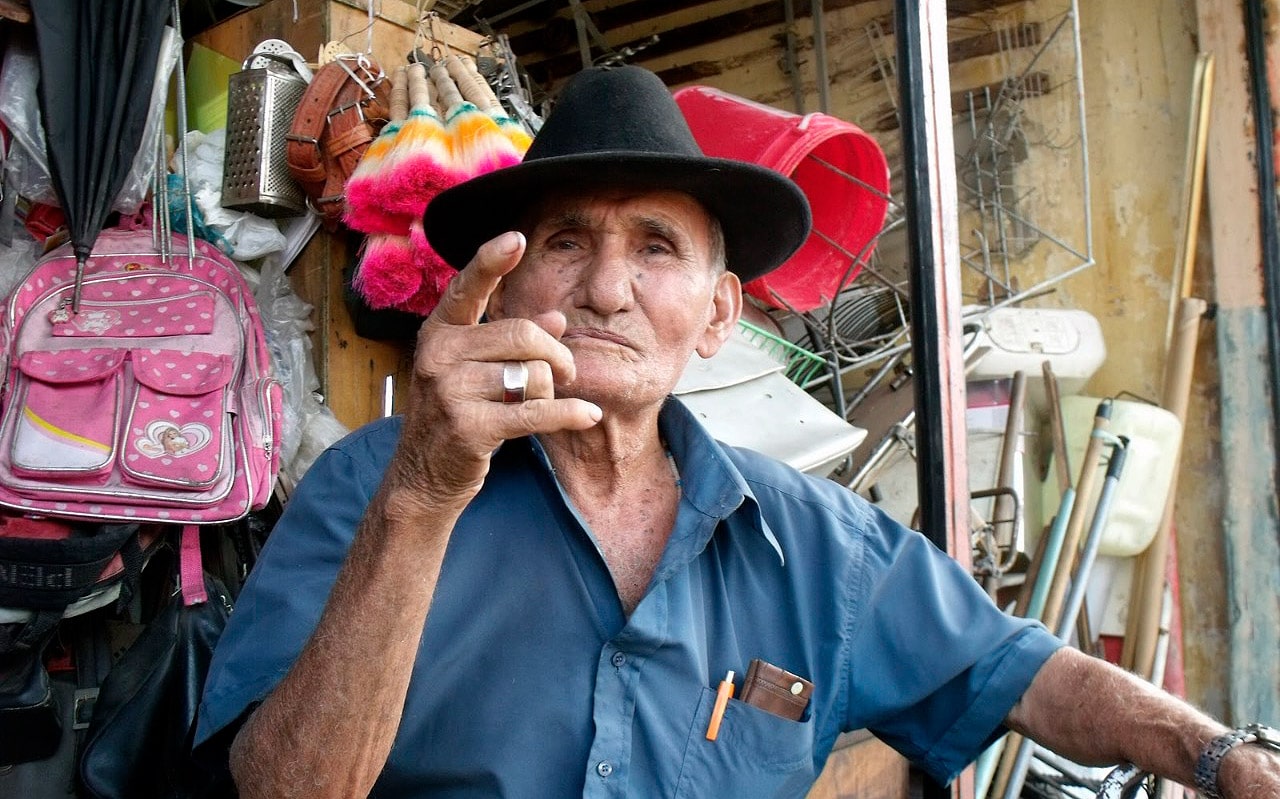
Juazeiro do Norte, in Ceará, is the land of Seu Lunga, known in the Northeast as the most ignorant man in the world, or the “king of the bad mood”. He always has a stern answer on the tip of his tongue for any question. Seu Lunga has appeared in cartoons and cordel stories and was also the subject of many monographes and has even been an inspiration for plenty of songs and poems.
6. This place is one of the largest centers of cultural manifestations in Brazil
Padre Cícero, considered a saint by the people of Ceará, was a great advocate of handcrafts, making the city of Juazeiro do Norte a national reference of culture. Despite its name, Juazeiro do Norte (Juazeiro of the North) is actually in the south of the state.
The arts and crafts passed from generation to generation that are made of clay, wood, leather, straw, iron and plaster, and also cordel literature (a typical comic like storybook from the region), are part of the economy and have already highlighted artists who have crossed borders and are known worldwide.
Are you enjoying this content? You can also read: In Ceará it is summer all year round: see 6 places to enjoy
